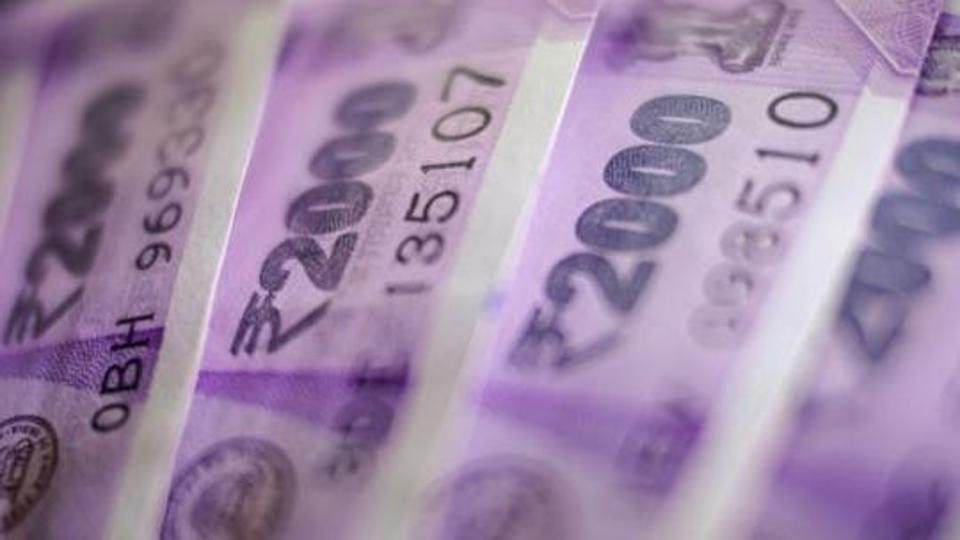

India may cut down on issuance of shorter-maturity bonds, a senior government official said, as a drop in prices on the securities in the secondary market prompts investors to demand higher yields at auctions.
“While subscriptions have been there, the yields on the shorter end are higher than our expectations,” economic affairs secretary Subhash Garg said in an interview in New Delhi on Monday. “We are watching the situation and might need to reduce the two-to-five year slightly and take it to the longer side.”
Yields on short-term sovereign debt climbed faster than those on longer-term notes in April and May as a jump in oil prices stoked concerns about inflation, prompting investors to price in the possibility of policy tightening. Those expectations played out last week, with the Reserve Bank of India raising the benchmark interest rate for the first time since 2014.

At the same time, foreign funds — which typically buy short-duration notes — have dumped Indian securities amid a global rout. Bond underwriters have rescued four government auctions in the year that began April 1, by stepping in to buy unsold short-term notes.
All this has prompted a rethink from the government, which earlier said it planned to issue more of the shorter debt in the first half of this fiscal year. It reduced planned issuance of 10-14 year bonds to 29% of total borrowing for the period, compared with more than 50% in previous years.
“We increased our offering in the shorter end quite a lot, but the demand which we expected didn’t appear to be coming,” Garg said.
While overseas funds are fleeing, matters have been made worse by reduced participation by state-run banks — the biggest holders of sovereign securities — who are unwilling to buy the debt after having suffered billions of rupees in losses on their investments. The benchmark 10-year yield rose above 8% last week for the first time since May 2015.
Banks probably find the yields attractive now, Garg said, adding that there has been strong demand from lenders in the last few weeks. Higher “base yields” will also lead to an increase in the small savings rates from the next quarter, he said.
The 10-year yield has increased 56 basis points since the end of March to 7.96%, lagging the 75 basis point advance in the two-year rate to 7.60%.
Fiscal deficit
While bond investors are concerned surging oil prices will worsen public finances in the oil-importing nation, Garg said that “so far there’s no adverse impact of crude prices on the fiscal side.”
India’s budget deficit is still one of the widest in Asia and Prime Minister Narendra Modi’s challenge is to narrow it further amid pressures to boost spending ahead of national polls in 2019. His government aims to narrow the gap to 3.3% of gross domestic product this fiscal year, from 3.5% in the year ended March 31.
“At this moment, we are completely confident of meeting the fiscal deficit target,” he said.
The finance ministry is in discussions with the central bank on a new formula for transfer of the RBI’s dividend to the government, Garg said.
“We have been discussing the issue of capital with the RBI and that’s going on,” he said. “There’s been a certain way in which the surplus is transferred. That was changed last year. They transferred some money to reserves. The government would like entire surplus.”
AIIB funding
Garg said India expects to continue receiving funds from the Asian Infrastructure Investment Bank — a multilateral investment bank proposed by China that started operations in 2016 — as the nation needs to spend $4.5 trillion on its infrastructure by 2040.
“India might be the biggest borrower of AIIB in 2018 as well,” Garg said, adding that the lender approved funding for about $1.2 billion worth of projects in India in 2017, which made up about 30% of its total lending.
“We would try to see that they approve projects of $1 billion for India every year, but I understand they also have some capacity constraints,” he said, ahead of AIIB’s annual meeting in Mumbai this month.
[“source=hindustantimes”]




